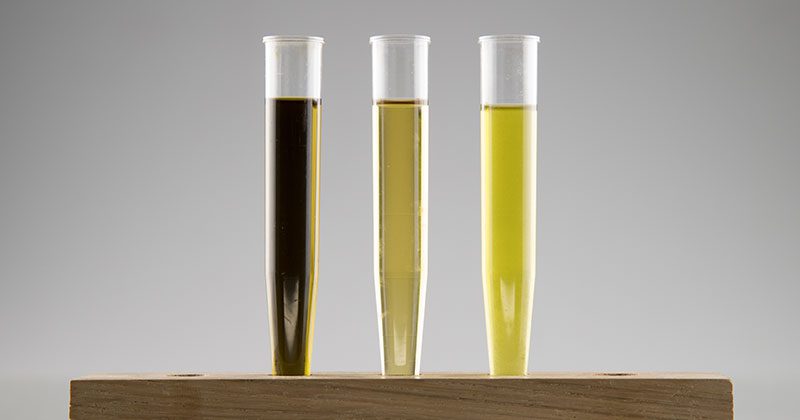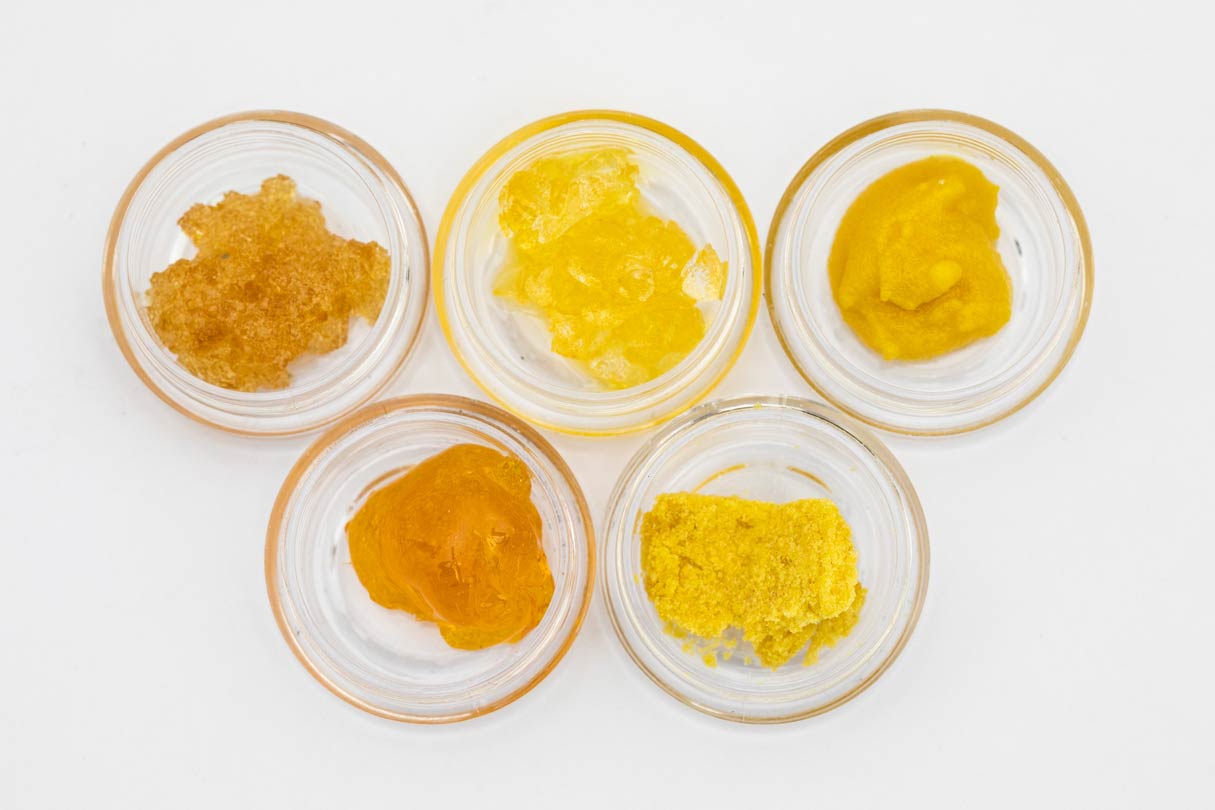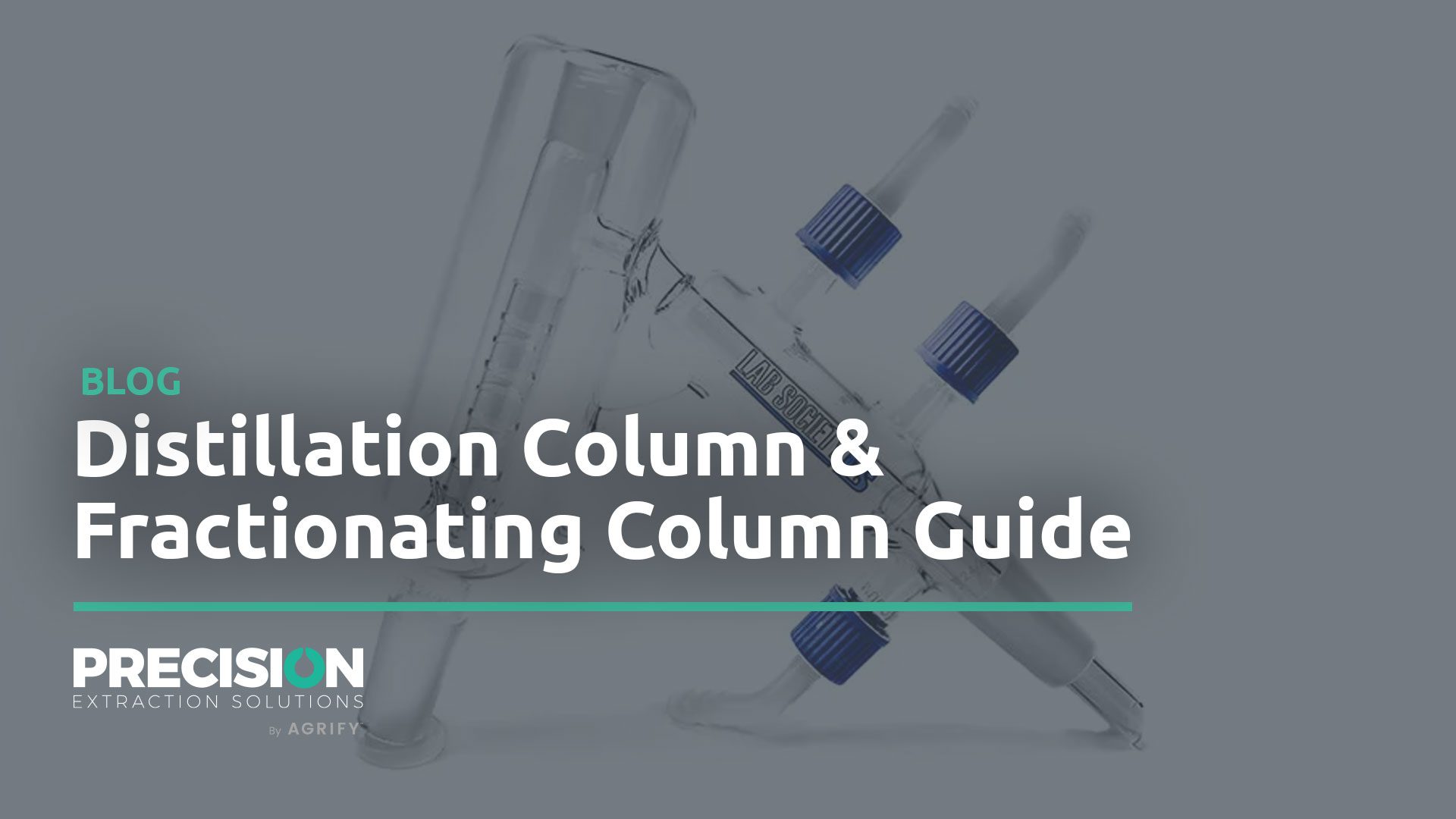
There are several forms of potential contamination that can render an otherwise great output product into something deemed “low quality” or even unsellable. With a little ingenuity and understanding of what exactly we are trying to remove from our hydrocarbon extracts, we can easily create a high-quality end product. With the use of inline contaminant remediation, these products won’t fall into any of the aforementioned categories..
For the sake of this article, we’ll look at the three most common contaminant groups. Chlorophyll (and other contaminants that create an undesirable color in the end product), pesticides, and heavy metals. We’ll explore the common medias, as well as how they are used to achieve contaminant and pesticide remediation.
Common Contaminants in Cannabis Extracts
Color/Chlorophyll Remediation
Our favorite adsorbent blend for color remediation of light hydrocarbon extracts consists of roughly 80–90% B80 and 10–20% Silica 60a. B80 is a naturally occurring bentonite clay product with a neutral acidity. Silica is also a naturally occurring mineral that has been utilized in traditional chemistry for a variety of purposes. In this scenario, the silica is responsible for removing water and water-soluble undesirables from the end product. B80 removes chlorophyll and other color-inducing contaminates such as the oxidative byproducts of terpene degradation.
It is important to note that both of these adsorbents have been utilized in the food and beverage industry for contaminant remediation purposes long before we began utilizing them in the cannabis extraction world. This fact alone should comfort an extractor considering the use of “new” methods in order to achieve a higher quality output product.
Pesticide Remediation
This category presents an inherently higher complexity than color remediation as there are over 25 commonly found and tested for pesticides in cannabis and cannabis extract products.
For this reason, it is imperative that the system operator understand which pesticide they are trying to remove from the oil and to what extent they wish to take pesticide remediation. While a test result of “non-detect” is obviously the most desirable outcome, this can be a rather daunting task when testing laboratories are analyzing these products at a parts-per-billion level. Due to the inherent complexity and case-by-case nature of these methods, we encourage both existing and new clients to contact our experienced team directly to discuss in further detail about inline pesticide remediation.
Heavy Metal Remediation
Much like pesticide remediation, targeted heavy metal remediation requires an accurate assessment of the undesirable constituents to be removed. Generally, a combination of bentonite clays, silica, and activate alumina tailored in the appropriate portions for the targeted compounds will do the trick.
Equipment for Contaminant Remediation
In keeping with our dedication to full system integration, Precision’s PX Series of hydrocarbon extractors feature inline CRC, providing flexibility in purifying extract through customizable filtration media remediating a wide variety of different contaminants in real time.








